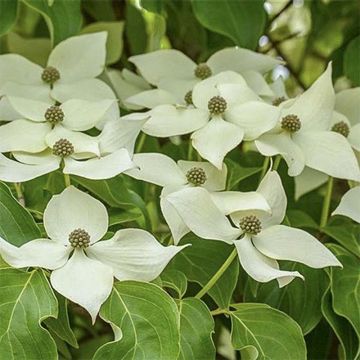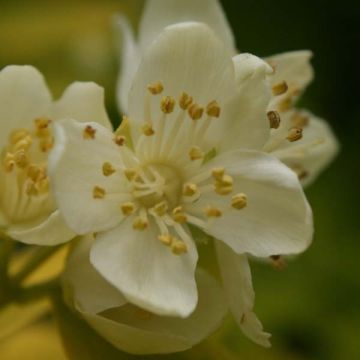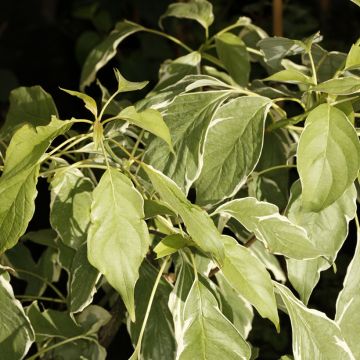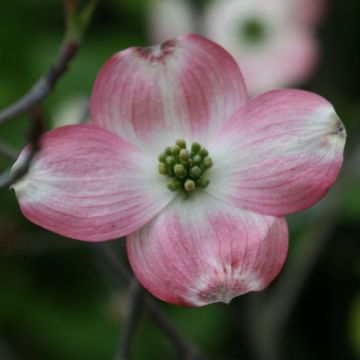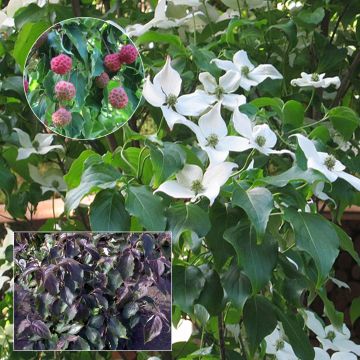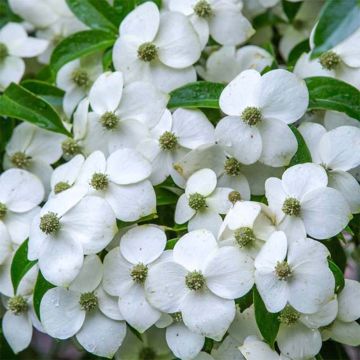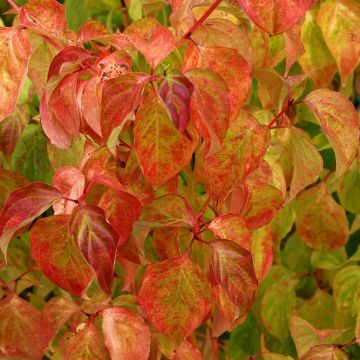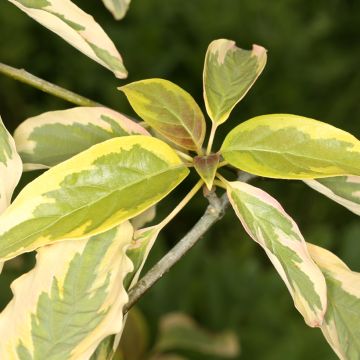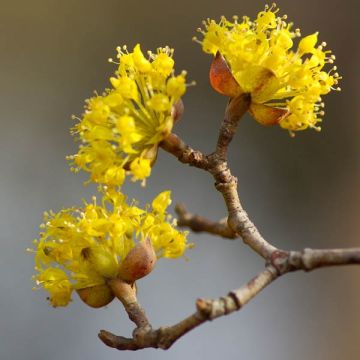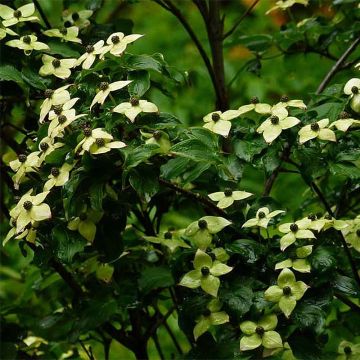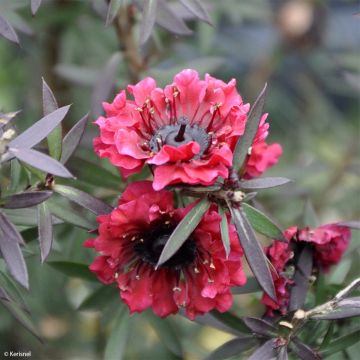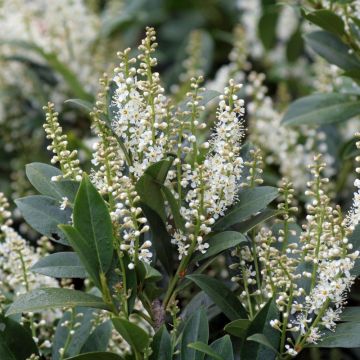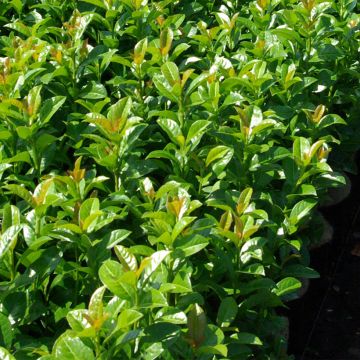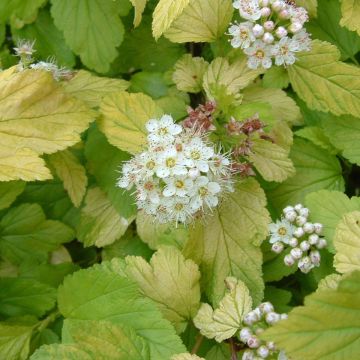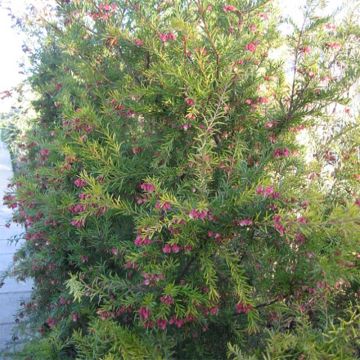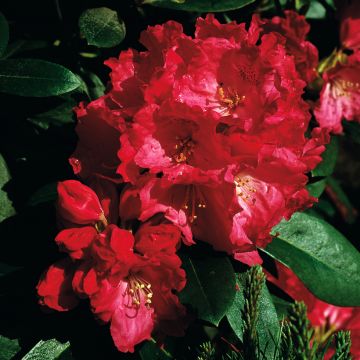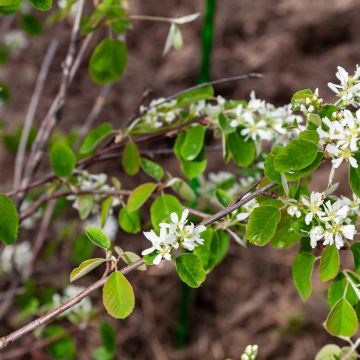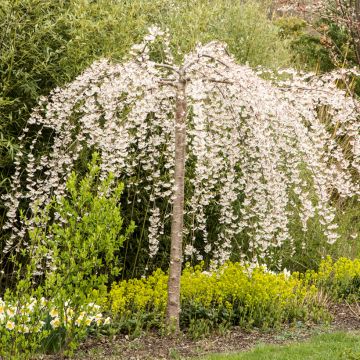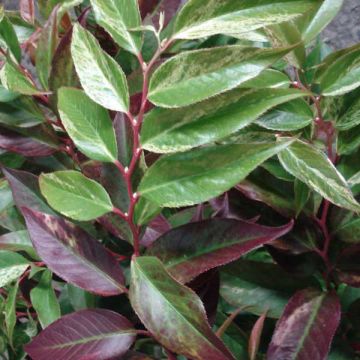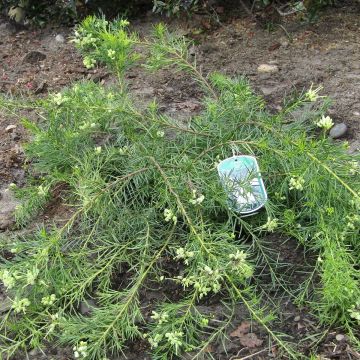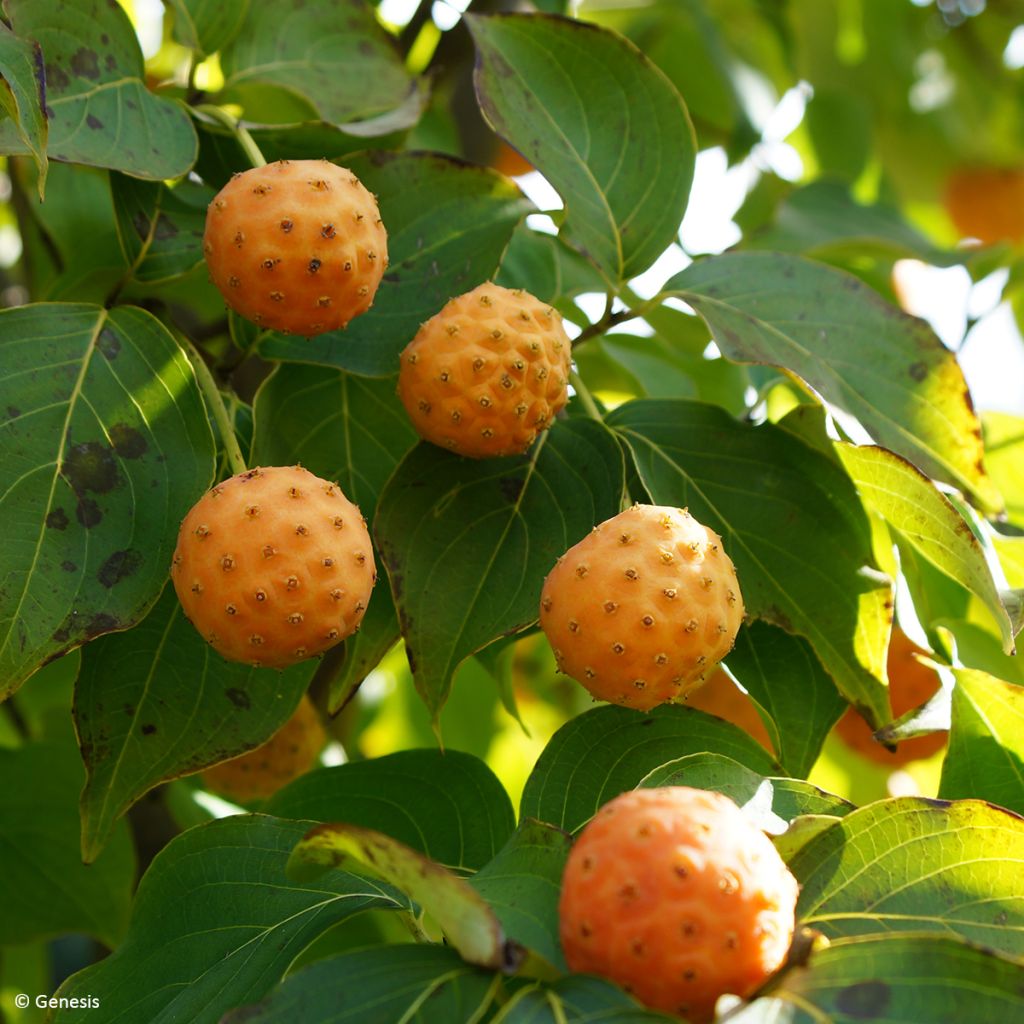

Cornus kousa var. chinensis Mandarin Jewel® - Kousa Dogwood
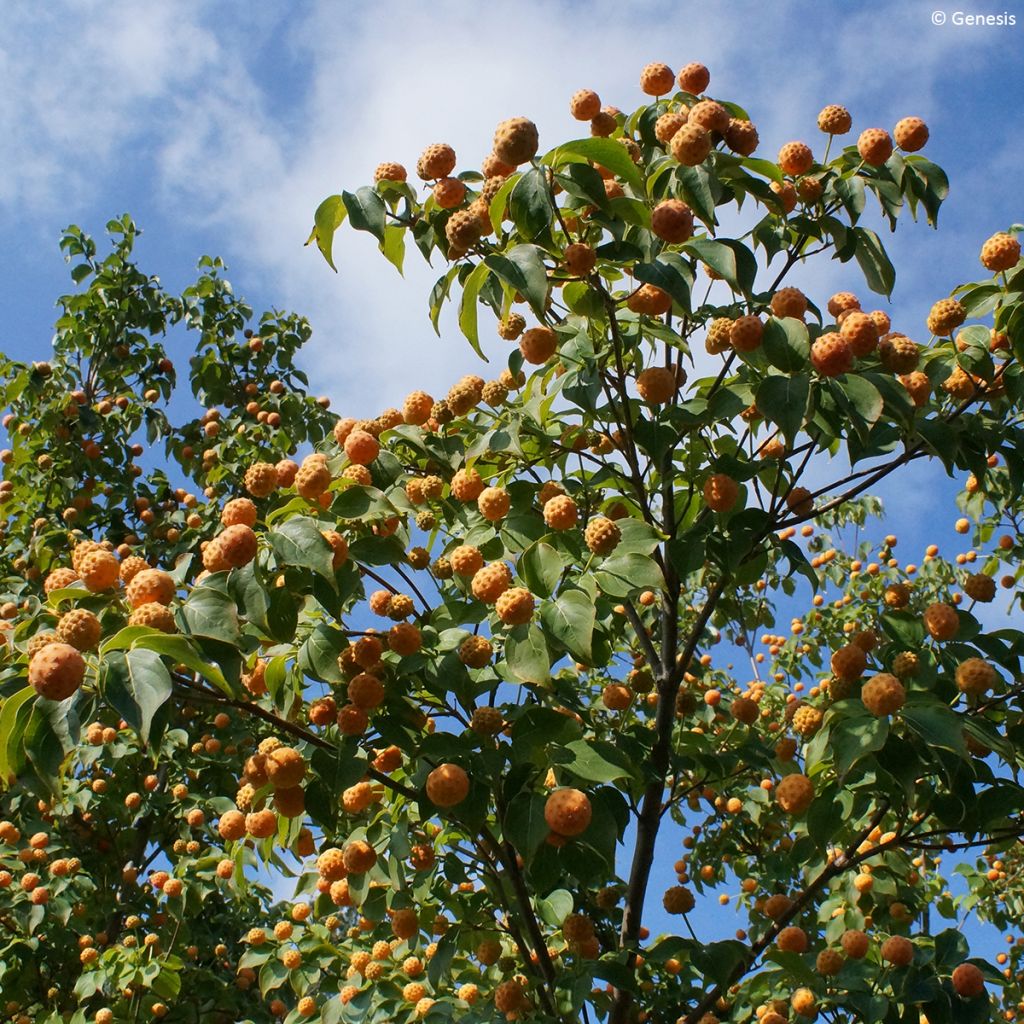

Cornus kousa var. chinensis Mandarin Jewel® - Kousa Dogwood
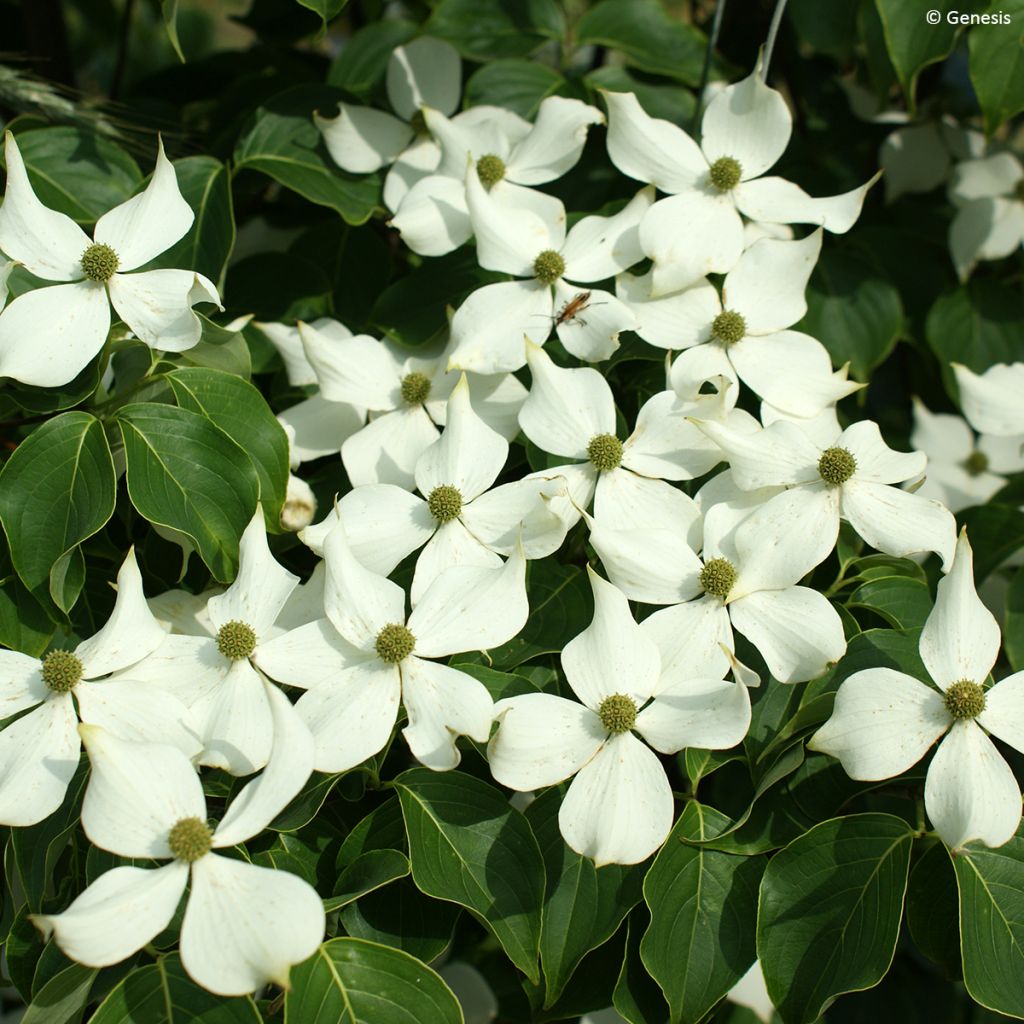

Cornus kousa var. chinensis Mandarin Jewel® - Kousa Dogwood
Cornus kousa var. chinensis Mandarin Jewel® - Kousa Dogwood
Cornus kousa var. chinensis 'Madi-II' Mandarin Jewel®
Kousa Dogwood, Japanese Dogwood, Chinese Dogwood
This item cannot be shipped to the selected country
Delivery charge from €5.90
More information
Schedule delivery date,
and select date in basket
This plant carries a 24 months recovery warranty
More information
We guarantee the quality of our plants for a full growing cycle, and will replace at our expense any plant that fails to recover under normal climatic and planting conditions.
From €5.90 for pickup delivery and €6.90 for home delivery
Express home delivery from €8.90.
Does this plant fit my garden?
Set up your Plantfit profile →
Description
The Cornus kousa var. chinensis Mandarin Jewel is a variety of Japanese Dogwood prized for its spring flowers, fruits, and foliage. Formed by four large star-shaped bracts, the pure white inflorescences appear delicately placed on the dark green foliage, beautifully highlighting them. Later in the season, they produce highly decorative fruits that change from yellow to orange when ripe, adding visual interest to the garden. The spectacle continues in autumn, when the foliage turns a stunning yellow-orange colour. This large shrub or small tree is hardy and requires minimal maintenance, thriving in neutral to acidic and moist soil.
Dogwoods belong to the small and loosely defined botanical family Cornaceae, which also includes the well-known genus Aucuba among gardeners. The Cornus genus comprises several dozen species of deciduous or evergreen trees and shrubs, many of which are used for ornamental purposes. Cornus kousa (synonym Benthamia japonica) is native to Korea and Japan, where it is locally called Yamaboushi. It is found on the large central island of Honshu (where Tokyo is located) and further south. It is also found in northern India and up to Bhutan. In these regions, it forms large shrubs up to 6 metres in height and even small trees up to 10 metres. It was introduced to Europe around 1875 for its ornamental qualities. The botanical variety or subspecies chinensis, as the name suggests, is indigenous to China, in the central and western parts of the country, where it grows up to 2200 metres above sea level. It is distinguished by its hairless leaves on the underside.
Mandarin Jewel is a recent horticultural selection, introduced to the market in 2012, and credited to American breeder Tim Brotzman. A true gem for plant enthusiasts, this large shrub reaches a height of 6 metres after 10 years of growth and has a width of 3.5 metres. It has an upright, somewhat conical habit with a tabular branching, but less pronounced than in varieties that spread horizontally. The foliage is typical of the species, with a dark green colour, and the ovate leaves have acuminate tips, measuring approximately 4 to 8 cm in length. Flowering begins in late May or early June, with inflorescences measuring 9 to 10 cm in diameter. These are clusters of small true flowers, surrounded by four broad and pointed bracts forming a star shape. These bracts, which, from a physiological point of view, are actually transformed leaves, remain for a few weeks after the pollination of the true flowers. Highly floriferous, this variety is magnificent in June, when dozens of inflorescences seem to be resting on the foliage. After the bracts fall, the central flowers transform into fruits approximately 2.5 cm in diameter, prominently displayed against the dark foliage with their yellow colour. Resembling spherical strawberries, their colour then changes to orange, creating a new point of interest in the garden due to their decorative nature. For the food enthusiasts, it is worth noting that these fruits are edible, with a sweetish flesh but lacking true gastronomic appeal. In autumn, the dark green foliage gradually turns a highly ornamental yellow-orange colour due to the first cold weather.
The Mandarin Jewel Dogwood combines numerous ornamental features and deserves a prominent place in the garden, either as a standalone specimen on a lawn or integrated into a mixed border as a background plant. To create a grand autumn scene, plant a Winged Spindle Tree like the small Euonymus alatus Ciliodentatus at its base, whose foliage turns incredible shades of pink and then bright red, providing a striking contrast to the yellow flowers of your Dogwood. If you have enough space, you can also plant a Nyssa sylvatica Red Rage behind Mandarin Jewel, a pyramidal Black Tupelo tree that ignites with red hues in autumn. To brighten up spring, also plant some Chinese Azaleas (Azalea mollis) in the foreground, with trumpet-shaped flowers blooming in May-June.
Report an error about the product description
Plant habit
Flowering
Foliage
Botanical data
Cornus
kousa var. chinensis
'Madi-II' Mandarin Jewel®
Cornaceae
Kousa Dogwood, Japanese Dogwood, Chinese Dogwood
Cultivar or hybrid
Other Cornus
Planting and care
Originally from Japan, Korea, and China, Cornus kousa thrive in continental climates and temperate zones. However, extremely cold temperatures can result in absent or reduced flowering. Nonetheless, this bush is highly hardy and can withstand frost of at least -20°C. It tolerates sunny exposures in areas with moderately hot summers. In hot regions, however, it should be planted in a sheltered spot away from scorching sun.
Cornus kousa Mandarin Jewel prefers fertile, well-drained, and slightly acidic soils. It can tolerate clay soils as long as it is protected from excessive moisture, especially in winter. Plant it in a deep hole lined with clay pellets, coarse sand, or gravel to ensure good drainage. At planting, add compost and heather soil, mixing them with the existing soil. Mulching with pine bark will help maintain soil freshness and acidity. This Cornus, still rare in gardens, is enjoyable to cultivate once it has been properly planted.
Watering should be regular during the first two years of planting, especially in summer. Once the bush is established, watering should only be done in case of drought.
Pruning is not obligatory but can be done at the end of winter to remove diseased or dead wood and crossing branches, in order to maintain an attractive habit.
Resistant to diseases and low-maintenance, it knows how to be forgotten in terms of care, while still catching the eye visually!
Planting period
Intended location
Care
This item has not been reviewed yet - be the first to leave a review about it.
Spring-flowering shrubs
Haven't found what you were looking for?
Hardiness is the lowest winter temperature a plant can endure without suffering serious damage or even dying. However, hardiness is affected by location (a sheltered area, such as a patio), protection (winter cover) and soil type (hardiness is improved by well-drained soil).

Photo Sharing Terms & Conditions
In order to encourage gardeners to interact and share their experiences, Promesse de fleurs offers various media enabling content to be uploaded onto its Site - in particular via the ‘Photo sharing’ module.
The User agrees to refrain from:
- Posting any content that is illegal, prejudicial, insulting, racist, inciteful to hatred, revisionist, contrary to public decency, that infringes on privacy or on the privacy rights of third parties, in particular the publicity rights of persons and goods, intellectual property rights, or the right to privacy.
- Submitting content on behalf of a third party;
- Impersonate the identity of a third party and/or publish any personal information about a third party;
In general, the User undertakes to refrain from any unethical behaviour.
All Content (in particular text, comments, files, images, photos, videos, creative works, etc.), which may be subject to property or intellectual property rights, image or other private rights, shall remain the property of the User, subject to the limited rights granted by the terms of the licence granted by Promesse de fleurs as stated below. Users are at liberty to publish or not to publish such Content on the Site, notably via the ‘Photo Sharing’ facility, and accept that this Content shall be made public and freely accessible, notably on the Internet.
Users further acknowledge, undertake to have ,and guarantee that they hold all necessary rights and permissions to publish such material on the Site, in particular with regard to the legislation in force pertaining to any privacy, property, intellectual property, image, or contractual rights, or rights of any other nature. By publishing such Content on the Site, Users acknowledge accepting full liability as publishers of the Content within the meaning of the law, and grant Promesse de fleurs, free of charge, an inclusive, worldwide licence for the said Content for the entire duration of its publication, including all reproduction, representation, up/downloading, displaying, performing, transmission, and storage rights.
Users also grant permission for their name to be linked to the Content and accept that this link may not always be made available.
By engaging in posting material, Users consent to their Content becoming automatically accessible on the Internet, in particular on other sites and/or blogs and/or web pages of the Promesse de fleurs site, including in particular social pages and the Promesse de fleurs catalogue.
Users may secure the removal of entrusted content free of charge by issuing a simple request via our contact form.
The flowering period indicated on our website applies to countries and regions located in USDA zone 8 (France, the United Kingdom, Ireland, the Netherlands, etc.)
It will vary according to where you live:
- In zones 9 to 10 (Italy, Spain, Greece, etc.), flowering will occur about 2 to 4 weeks earlier.
- In zones 6 to 7 (Germany, Poland, Slovenia, and lower mountainous regions), flowering will be delayed by 2 to 3 weeks.
- In zone 5 (Central Europe, Scandinavia), blooming will be delayed by 3 to 5 weeks.
In temperate climates, pruning of spring-flowering shrubs (forsythia, spireas, etc.) should be done just after flowering.
Pruning of summer-flowering shrubs (Indian Lilac, Perovskia, etc.) can be done in winter or spring.
In cold regions as well as with frost-sensitive plants, avoid pruning too early when severe frosts may still occur.
The planting period indicated on our website applies to countries and regions located in USDA zone 8 (France, United Kingdom, Ireland, Netherlands).
It will vary according to where you live:
- In Mediterranean zones (Marseille, Madrid, Milan, etc.), autumn and winter are the best planting periods.
- In continental zones (Strasbourg, Munich, Vienna, etc.), delay planting by 2 to 3 weeks in spring and bring it forward by 2 to 4 weeks in autumn.
- In mountainous regions (the Alps, Pyrenees, Carpathians, etc.), it is best to plant in late spring (May-June) or late summer (August-September).
The harvesting period indicated on our website applies to countries and regions in USDA zone 8 (France, England, Ireland, the Netherlands).
In colder areas (Scandinavia, Poland, Austria...) fruit and vegetable harvests are likely to be delayed by 3-4 weeks.
In warmer areas (Italy, Spain, Greece, etc.), harvesting will probably take place earlier, depending on weather conditions.
The sowing periods indicated on our website apply to countries and regions within USDA Zone 8 (France, UK, Ireland, Netherlands).
In colder areas (Scandinavia, Poland, Austria...), delay any outdoor sowing by 3-4 weeks, or sow under glass.
In warmer climes (Italy, Spain, Greece, etc.), bring outdoor sowing forward by a few weeks.

































